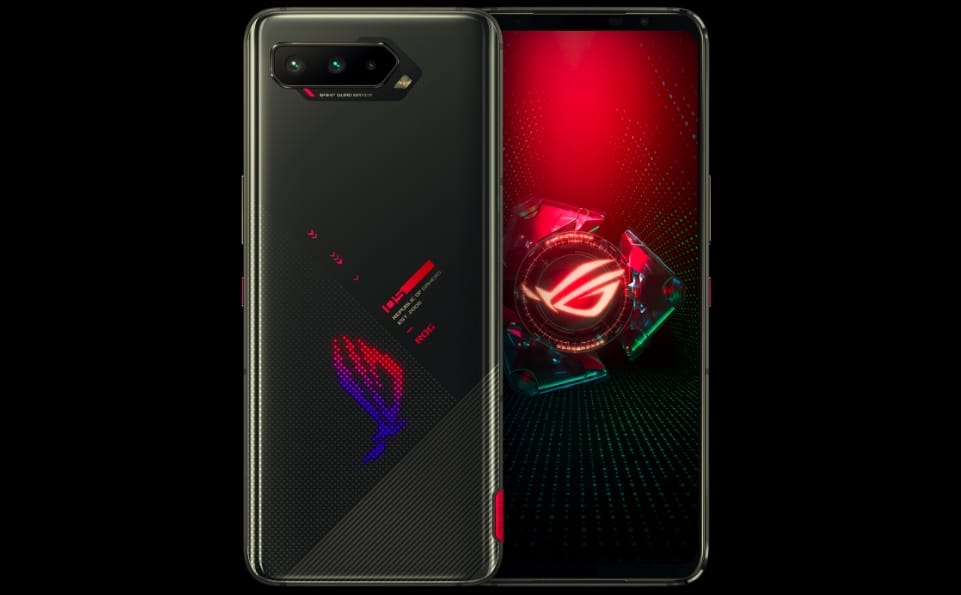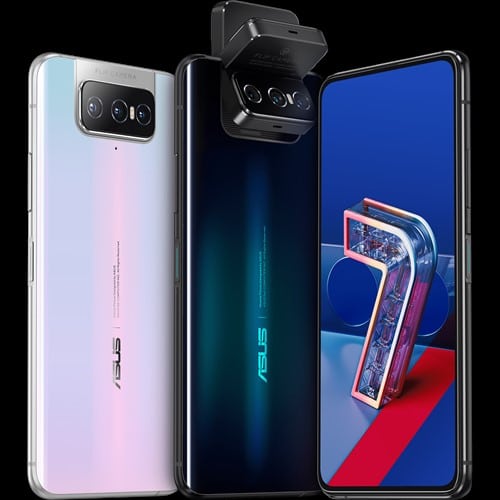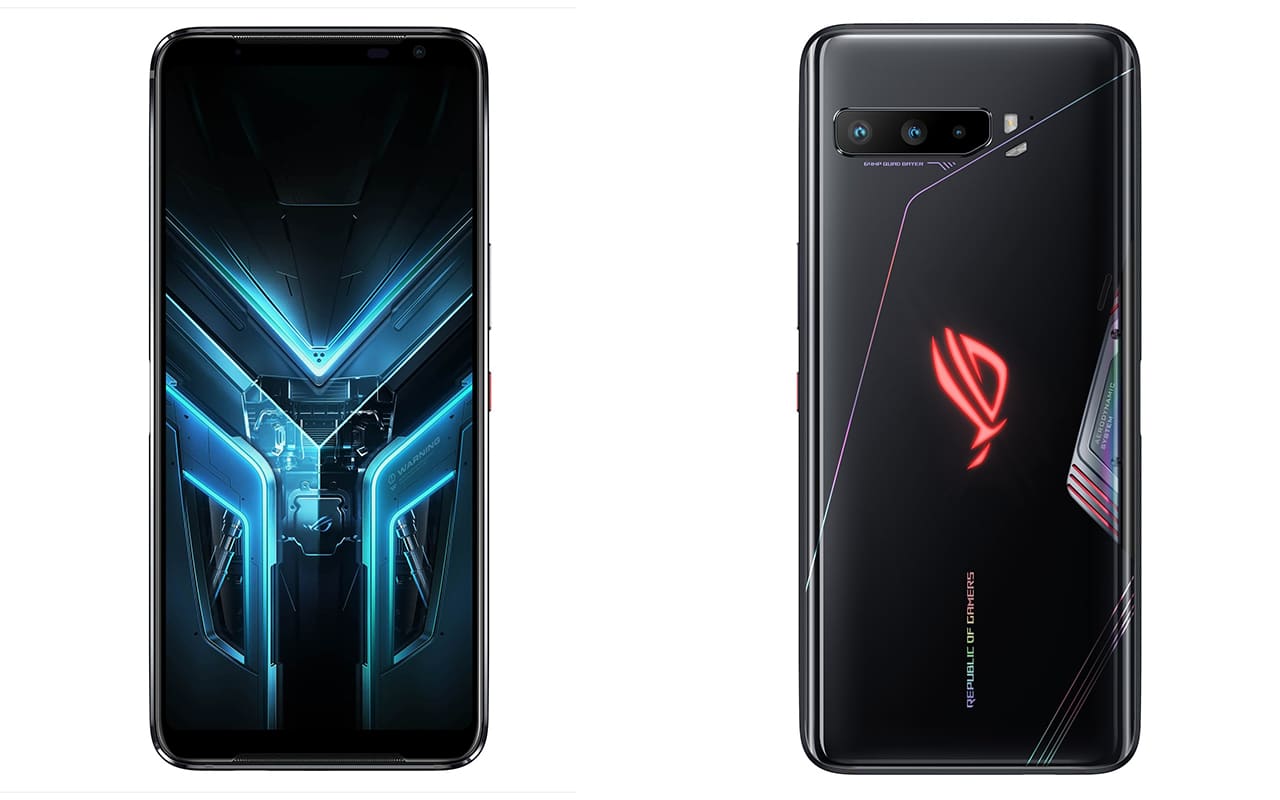In a world of Android phones and phablets that are almost interchangeable – let’s be honest – the Zenfone Zoom stands out. Here we have a genuine, bona fide 3x optical zoom. No, it doesn’t shoot out from the back, make the phone unpocketable or let dust in, all like the Samsung Galaxy K Zoom. Just like the Lumia 1020 back in the day (over in the Windows world), this is all internal, except that this time – innovatively – the light entering the camera is bent twice through 90 degrees, meaning that the lengthy zoom optics can sit parallel to the display itself, running underneath it. The result is a genuinely slim and manageable form factor, without compromising function.

From the front, the Asus Zenfone Zoom is a typical Android phablet, from the back it looks like – well, the old Lumia 1020. But, critically, from the side it’s only a millimetre thicker than you’d expect for a 2016 smartphone, which makes the camera miniaturisation something of a modern miracle.

Imaging
Unusually, I’m going to start with imaging, and with zooming in particular, since this is the first and only real reason to choose the Zenfone Zoom in the first place. If you’re not excited about this aspect of the phone then just move on.
If however, like me, you’re trying to picture what’s happening inside then don’t worry, I extracted a still from the Asus promo video and, as they say, a picture is worth a thousand words. On the left is the camera glass (misleadingly, shown with a green cover!), on the right is the sensor, mounted just underneath the surface of the back of the camera ‘island’, and in between is the motorised Hoya-branded zoom lens mechanism:

Ignore the 12x bit – that’s if you include blocky digital zoom – which you shouldn’t. And, indeed, it’s disable by default. Phew!
It’s really very clever indeed. I was sceptical about results, given the aperture, which ranges from f/2.7 as-is to f/4.8 when you’re fully zoomed in. By modern standards these aperture figures are horribly small. My guess was that this would be horrible in anything other than sunlight. I was wrong though – the Zenfone Zoom produces zoomed images which are right up with most other camera phones in terms of digital noise. Quite astonishing – and it’s thanks to high quality Hoya optics and a dedicated image processor with good algorithms. And, happily, a barrage of firmware updates over the last month as Asus keep tweaking it all – this is one of their flagships for 2016.

The Camera UI, notice the 3x zoom already applied and confirmed, top left, the fancy focussing reticule (it animates slightly and changes colour, but that’s about it), the auto-suggestion of appropriate modes (in this case Low Light mode) and the icon bottom right to pick from the dozen or so special features (HDR, Panorama, Night, Tilt Shift, etc.)
There’s the usual mess when using LED flash for people indoors, which almost no phone gets right, though there’s an official Zenfone Xenon accessory which err…. sticks to the phone back and which plugs into the microUSB port. Sounds like a massive kludge but hey, whatever works. And it’s relatively cheap, so order this in with the phone, perhaps?
See some of these photo samples, zoomed and unzoomed. With a two-stage physical shutter button, laser focussing, OIS and a 13MP Smart Front Side Illuminated sensor, plus more shooting modes and things to experiment with than a Galaxy S5 in heat, the Zenfone Zoom – as the name suggests – is very definitely a camera-centric phone.

Sample photo from the Zenfone Zoom, this is unzoomed… Just a slight lens flare from the sun, but this is fine…

You can see how much ‘closer’ you can get with 3x zoom…

And this is a 1:1 crop from the zoomed image. Amazing detail when shooting from so far away!

Another sample photo from the Zenfone Zoom, this is unzoomed…

And now zoomed in optically by 3x

And this is a 1:1 crop from the zoomed image.

Now trying all this at night. Sample photo from the Zenfone Zoom, this is unzoomed…

And now zoomed in optically by 3x.

And this is a 1:1 crop from the zoomed image. Considering the pitch dark conditions and range, to be able to pick out the garage door panels is AMAZING. The OIS is first class and, although there’s understandable digital noise, the result still impressed me enormously.

A macro shot in winter sun…

And a 1:1 crop from the photo, nice detail and character…

Typical results from LED flash, though you can buy a Xenon accessory if you think you need it.

… And you probably do. Though this isn’t an issue just for this phone, its endemic to most camera phones with LED flash. Only those units with the very widest apertures stand a chance.
Video capture’s at 1080p and – sadly – in mono only, though there are microphones on both ends of the Zenfone Zoom so hopefully a stereo audio upgrade is coming down the line. Zooming and OIS seem to work well in video mode too, plus there’s digital stabilisation as well, a terrific combination, spoilt only by the usual persistent camera phone auto-focus hunting issues.
The physical
The camera’s mounted in a circular island, somewhat artificially – it’s clearly heavily influenced by Nokia’s Lumia 1020 here (the two shown below), though it’s well done and hey, the old Nokia aren’t around to sue Asus anymore.

The camera glass is neatly recessed but looks a little ‘broken’. What you’re seeing is that one side of the circular lens gap is straightened off – it looks odd at first, but it’s simply the beginning of the straight edges of the first of two 45 degree mirrors and that’s how the magic works, as they say….

The rest of the back is plastic, faux leather but nicely textured for maximum grip. Just as well, as the metal edges of the Zenfone Zoom are thin, curved and easy for fingers to slip on.

The right edge contains all the buttons, with volume up/down, power/lock and, unusually, two buttons to launch the camera in either video or stills form, with the latter large and two-stage, to allow for focussing and then capture.

A big ridge across the back keep the phone from rocking around when laid flat on a desk and also keeps the rather average speaker’s sound from getting muffled. The back does come off, excitingly, only to show that the battery is well and truly sealed in and that there are just slots for microSIM and microSD. Ah well. The system also opens the way for third party backs, should you not like the default black ‘leather’. The phone’s also available in white, by the way.

Around the front, things are much more usual. A 5.5” IPS LCD Gorilla Glass 4 display, allied to rather large bezels top, bottom and side, makes this a ‘phablet’, definitely a two-handed device. It’s rather painful to note that the hardware is very similar in size to the Nexus 6, which has a full 6” screen in the same form factor. Ouch. The bottom bezel is radially grooved, which either looks space age and cool or ‘broken’, depending on your sensibilities, while the top bezel has a shiny ASUS logo. I can only think that the length was needed in order to accommodate all the usual internals, battery, chipsets, etc. after the camera assembly had swallowed up the lion’s share in the middle.

Mirrored capacitive controls (sadly not backlit, despite their clarity in the photo above) give the user the full screen to work with, at least – it can go very bright indeed, but the automatic controls keep the backlight in check well, and this helps give the Zenfone Zoom good battery life. I got through a normal day with complete ease – there’s a sealed 3000mAh battery inside and I never needed to top this up with a microUSB power bank. You’d have thought that USB Type C was the way to go for a 2016 handset, but remember that the Zenfone Zoom was first shown off in early 2015 and that it’s a relatively old design.
The Zoom is fully Quick Charge 2.0 compatible too, though not with the full range of voltages seen in some other flagships, topping out at 9V here, at least according to the supplied charger.
Happily Asus has been bumping up the internals as they moved the Zenfone Zoom to production – this comes with, wait for it, a maximum of 128GB of internal storage (though you can buy it with as little as 16GB, so watch out!) plus microSD, plus the unusual 64-bit Intel Atom Z3590 processor is provisioned with a full 4GB of RAM. In terms of specifications, this thing is a beast.
Software
Unhappily, it’s also more than a little ‘beastly’ in terms of software. Not that anything’s buggy, just that Asus like to provide the end user with just about anything they’ll ever need. The UI itself isn’t that far from stock Android 5.1, but you won’t believe the amount of stuff that Asus has included.

The default home panorama and multitasking view, with a selection of the weird and wonderful apps I’d been trying out!
From Asus versions of all the normal Android built-in apps to Asus WebStorage to Power & Boost to Asus Do It Later to TripAdvisor to the rightly reviled Clean Master to Zinio to Puffin to shortcuts to a dozen Gameloft freemium titles. Not enough for you? There’s also Asus Mobile Manager, Asus Support, Audio Wizard, Auto-Start Manager, MyAsus, Laser Ruler, PhotoCollage, ZenTalk, ZenCircle, ZenUI Instant Updates – a mini app store – and Splendid. And that’s not even a definitive list of add-ons and it doesn’t include all the PIM and standard apps and variants. About half of these are uninstallable, half aren’t, in similar manner to the TouchWiz app loadouts on Samsung devices.

Just a few folders and panes of the somewhat bloated app loadout here. Still, maybe it’s best for absolute beginners? Do get rid of Clean Master though, it gets its fingers into many places it shouldn’t.
Some of the additions are especially welcome though, with System Update and Power Saver breaking out two possibly hard to find sets of settings in err… Settings, into icons that are easy to find and tap on. To check for OS updates and, obviously, to choose which power profile should be used.

Two of the more useful panes and functions, both of which are obvious but welcome….
Most of this will represent a learning curve to a new user but they’ll appreciate having everything spoon fed to them. As an Android old-hand, I was disturbed a little to see quite so much bloat and disturbed a lot by, for example, the hated Clean Master popping up dialogs and suggestions about low level functions even when it wasn’t supposed to have been auto-started and when I hadn’t started it manually – is it effectively a root kit? Happily, Clean Master is one of the applications that you can uninstall. Just do it.

There’s a comprehensive theming system, this sort of thing is very popular in Asus’s home markets. I was pleased to see a section that included themes specifically for this one device – there’s something here for everybody!
Extras
What else do you need to know? Well, there’s NFC, not always a given for phones from the Far East in recent times, but befitting the price tag, up around £350, imported, in the UK. Not premium, but also not cheap – as you’d expect with the camera specs here. Bluetooth is top spec, with the APT-X codec for supported accessories, to get the highest fidelity sound.
Oh, and there’s no LTE band ‘20’, which won’t be an issue for all parts of the world but is a pain in Europe since a number of networks only use band 20 for their LTE and so for them the Zenfone Zoom means 3.5G connectivity at best. Not a showstopper, but worth noting.
Verdict
So – the Zenfone Zoom is big, heavy, bulky and bloated with applications. And its LTE may not suit everyone. But despite all this, it’s capacious, powerful and it does have a USP, a Unique Selling Point, that lifts it from the Android mainstream. If, like me, your phone has to be your always-with-you-camera and if you find yourself wanting to add zoom into many daily shots, to get up ‘closer’ with your subjects, then this is definitely worth considering, warts and all.
https://www.youtube.com/watch?v=vbbqx-hdJRs&feature=youtu.be
Don’t forget to subscribe to our YouTube Channel for more videos.



















